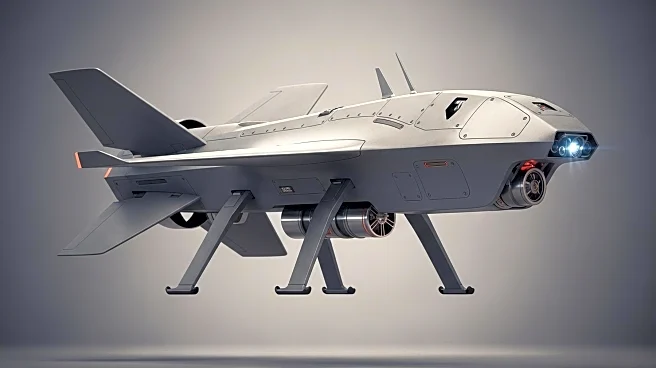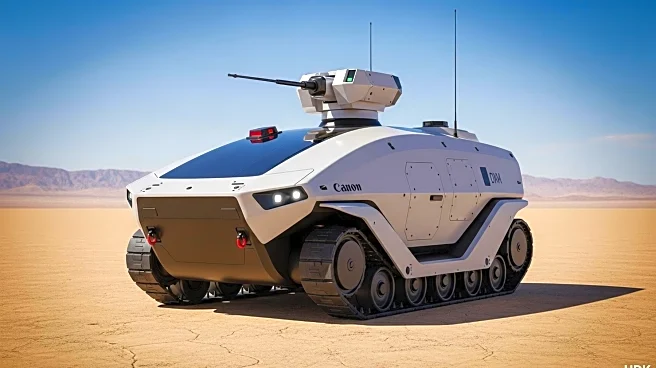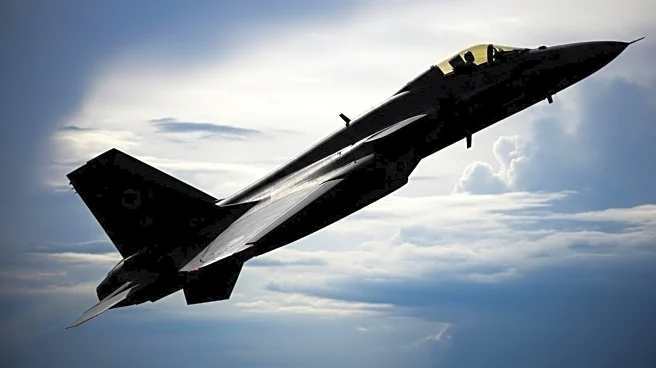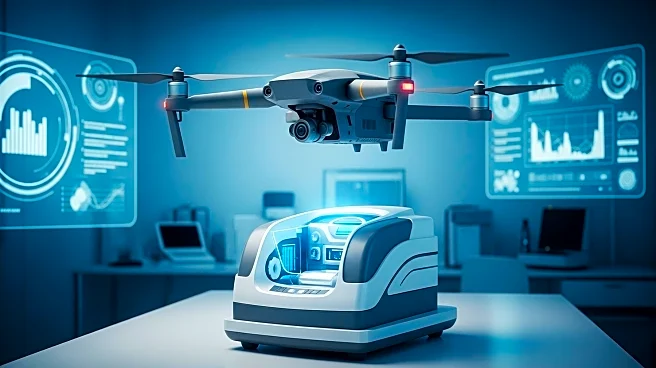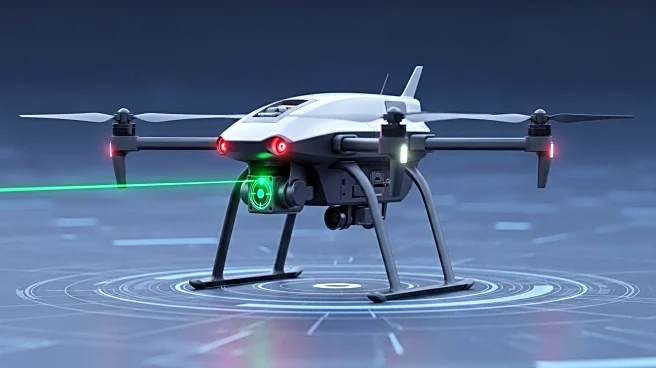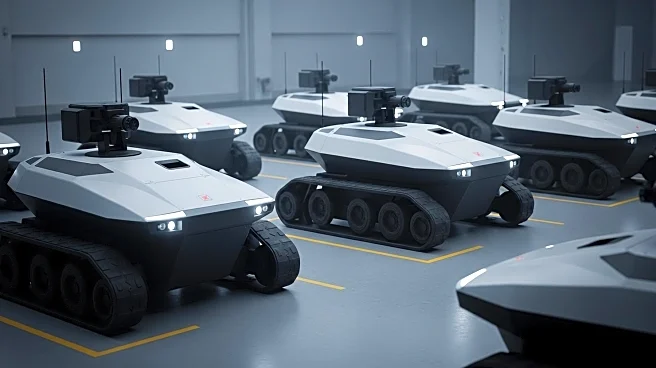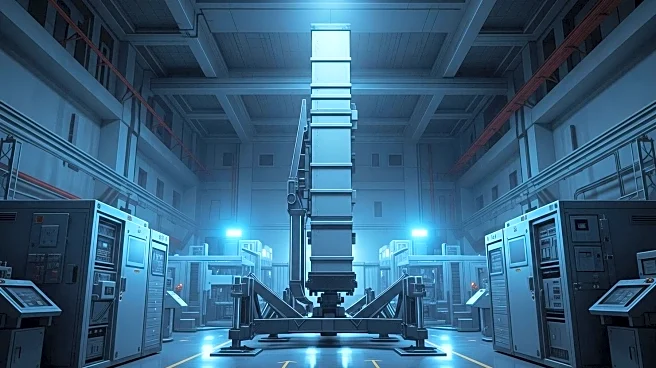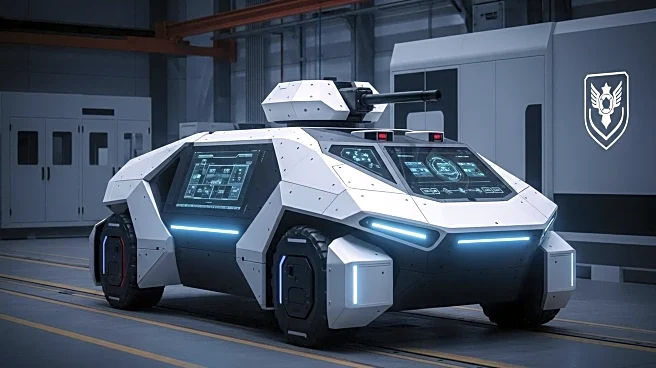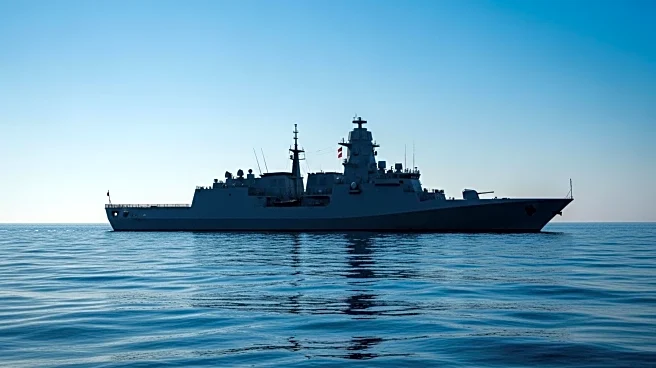What is the story about?
What's Happening?
MBDA Italy has introduced the Harpax family of loitering munitions at the Seafuture 2025 expo in La Spezia, Italy. The Harpax 'Mini' and 'Small' configurations are designed to meet the operational needs of the Italian Army, with additional interest from the Italian Navy and Air Force. The Harpax Mini is a quadcopter design with a maximum take-off weight of 2.5 kg, featuring a 500 g warhead, 20-minute endurance, and 5 km operational range. The Harpax Small is tube-launched, with collapsible wings, a 25-minute endurance, 15 km range, and 200 km/h cruise speed, carrying a 1.5 kg warhead. Both munitions are equipped with electro-optical cameras and can be controlled autonomously or via first-person view flight modes.
Why It's Important?
The unveiling of the Harpax loitering munitions represents a significant advancement in military technology, offering enhanced capabilities for targeting hidden threats while minimizing collateral damage. These munitions provide the Italian military with versatile options for addressing emerging security challenges, particularly in complex environments. The ability to swap out payloads, such as radio frequency jammers, further enhances the operational flexibility of these systems. As loitering munitions become more prevalent, they may influence military strategies and tactics, emphasizing precision and adaptability in combat scenarios.
What's Next?
MBDA Italy's Harpax munitions are likely to undergo further testing and evaluation by the Italian military to assess their effectiveness in various operational contexts. The company may explore additional partnerships and collaborations to expand the capabilities of these systems, potentially integrating new technologies to enhance performance. As interest from the Italian Navy and Air Force grows, MBDA Italy may develop additional configurations to meet specific requirements, further solidifying its position in the defense market.
Beyond the Headlines
The development of loitering munitions raises ethical and legal questions regarding their use in warfare, particularly concerning autonomous decision-making and the potential for unintended consequences. The integration of advanced sensors and control systems may lead to discussions about the balance between human oversight and machine autonomy in military operations. Additionally, the proliferation of such technologies could impact global security dynamics, as nations seek to enhance their military capabilities while navigating international regulations and agreements.
AI Generated Content
Do you find this article useful?
